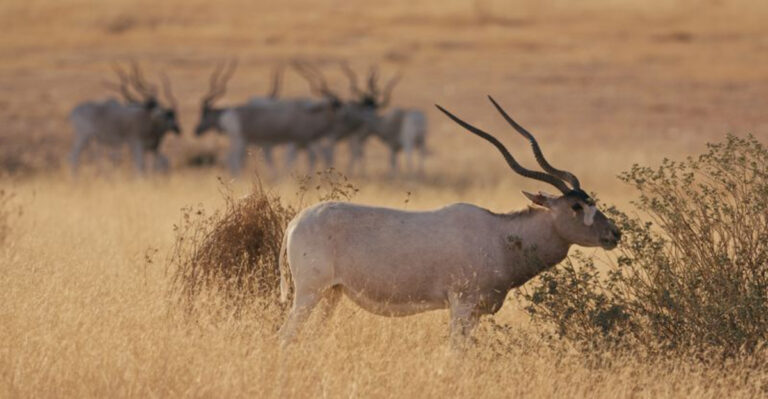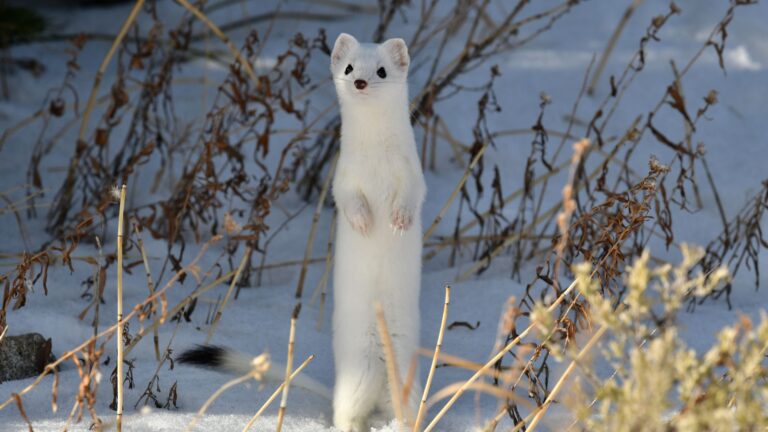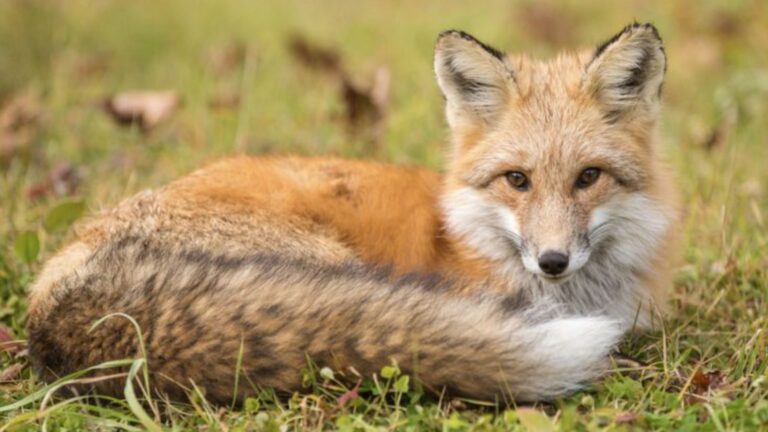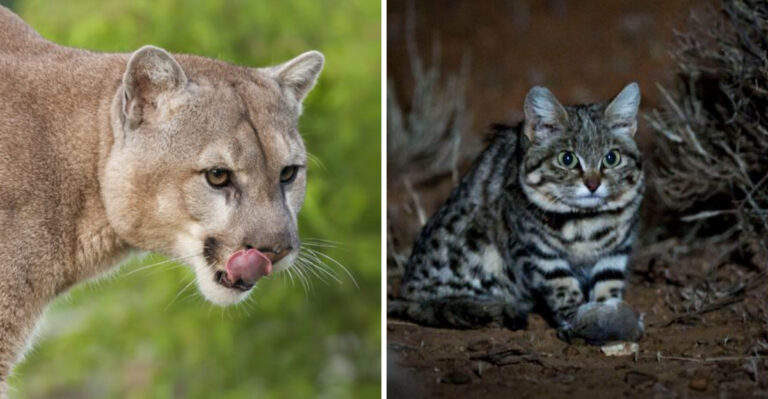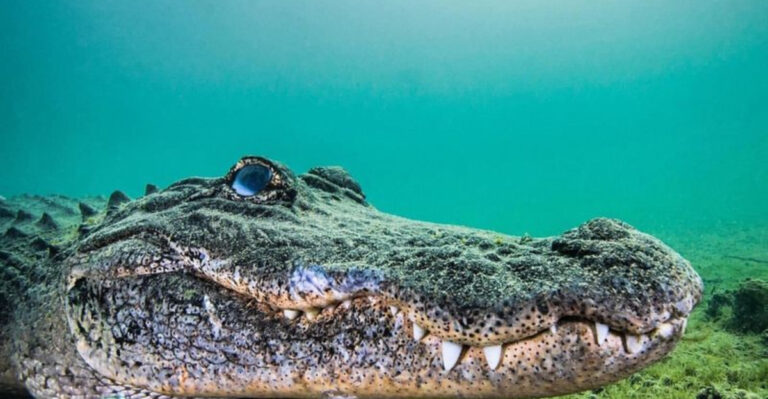24 Fascinating Facts You Didn’t Know About White-Tailed Deer
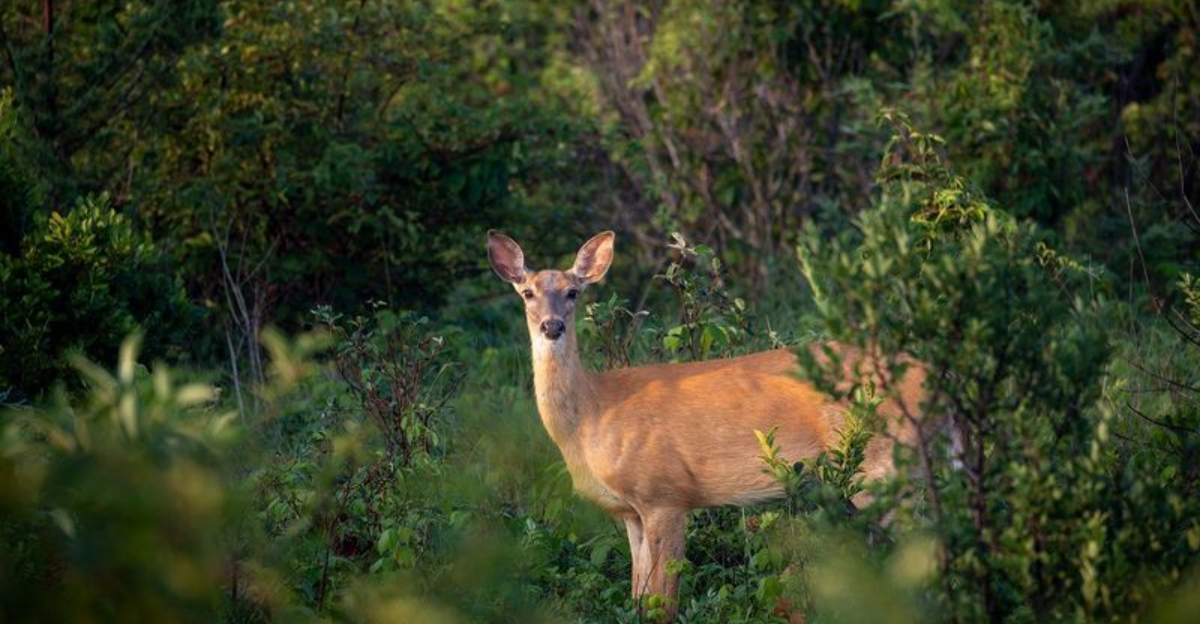
White-tailed deer might seem like ordinary woodland wanderers, but there’s way more to them than meets the eye. From secret communication methods to jaw-dropping athleticism, these graceful creatures are full of surprises.
Whether they’re leaping over fences or flashing that signature tail, every move has a hidden meaning. Get ready to look at one of North America’s most familiar animals in a whole new way.
1. Fascination For Wildlife Enthusiasts
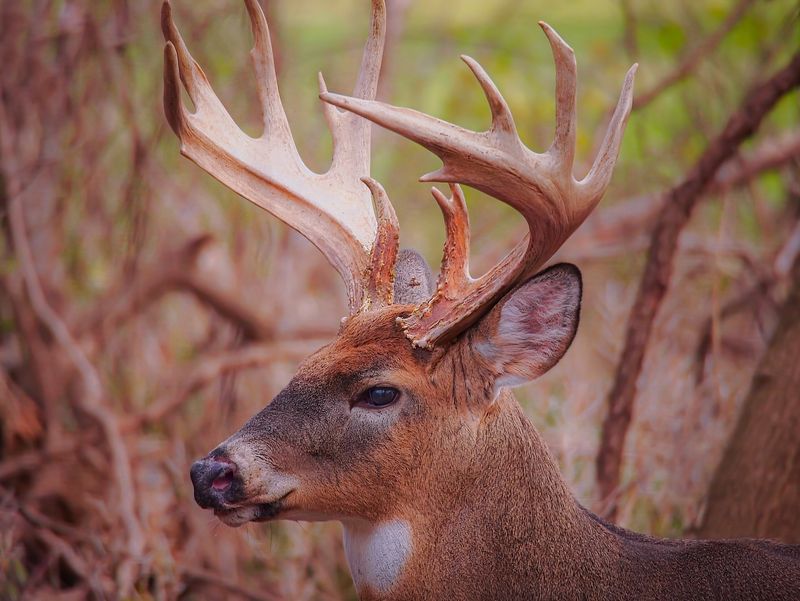
White-tailed deer charm nature lovers with their elegance and curious habits. Watching them in the wild feels like peeking into nature’s secret playbook.
For many, a deer sighting is pure magic – a moment that sparks awe and connection. It’s a gentle reminder of the wild all around us.
Eco-tourism and wildlife photography centered on deer help fuel conservation efforts. Cameras click, and awareness grows.
2. Herbivorous Diet
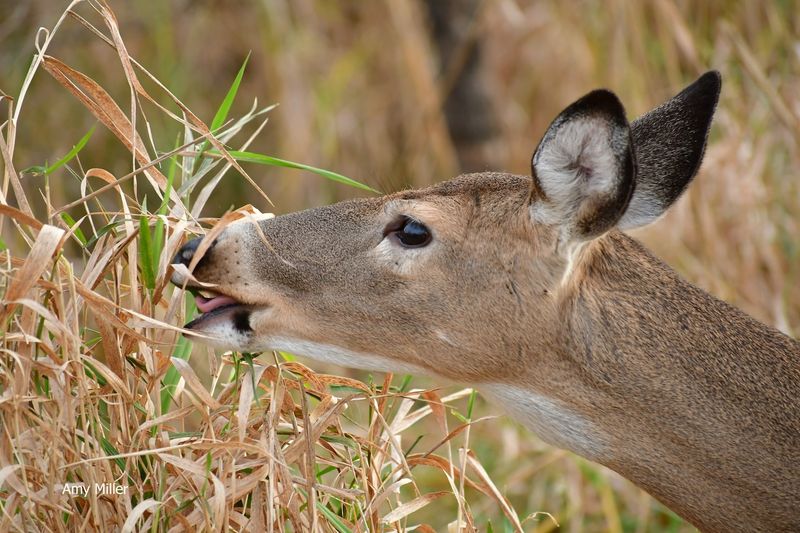
White-tailed deer are plant lovers through and through. Their menu includes leaves, twigs, fruits, and nuts – whatever nature’s serving.
In spring and summer, they munch on fresh greens. Come fall and winter, they switch to twigs and woody snacks. This seasonal diet shift keeps them well-fed all year long. Flexibility is key to their success across North America.
3. Fawn Rearing Practices
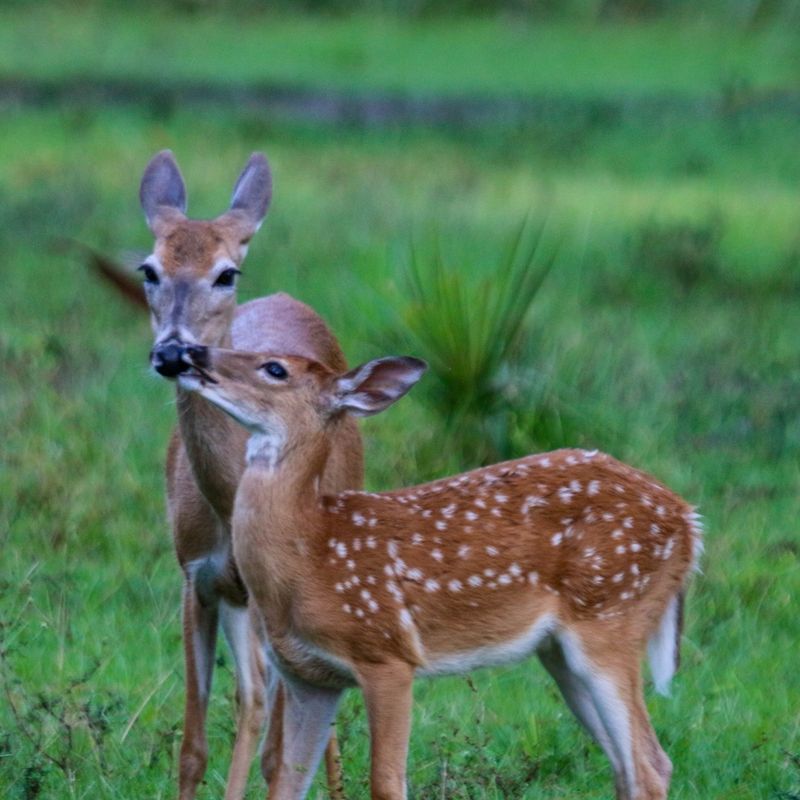
White-tailed deer moms have some serious parenting smarts. They tuck their fawns into tall grass, letting spots and shadows do the hiding.
For the first few weeks, mom checks in only to feed and clean. Less scent means fewer predators sniffing around. Once the fawn gains strength, it tags along behind her.
4. Impressive Jumpers
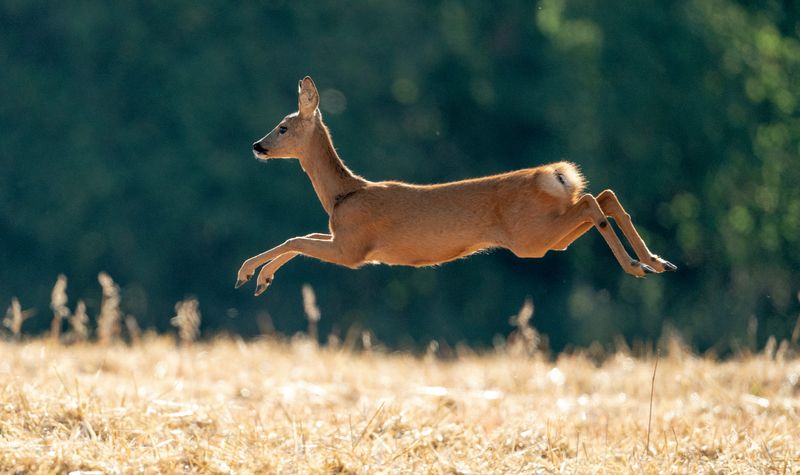
White-tailed deer are basically nature’s high jump champions. With a single leap, they can clear fences up to 10 feet tall.
Strong hind legs power their incredible jumps, perfect for quick getaways. It’s a survival skill passed down through generations.
These leaps help them handle rocky terrain, dense forests, and sneaky predators. No obstacle is too much for their agile frames.
5. Antler Growth Cycle
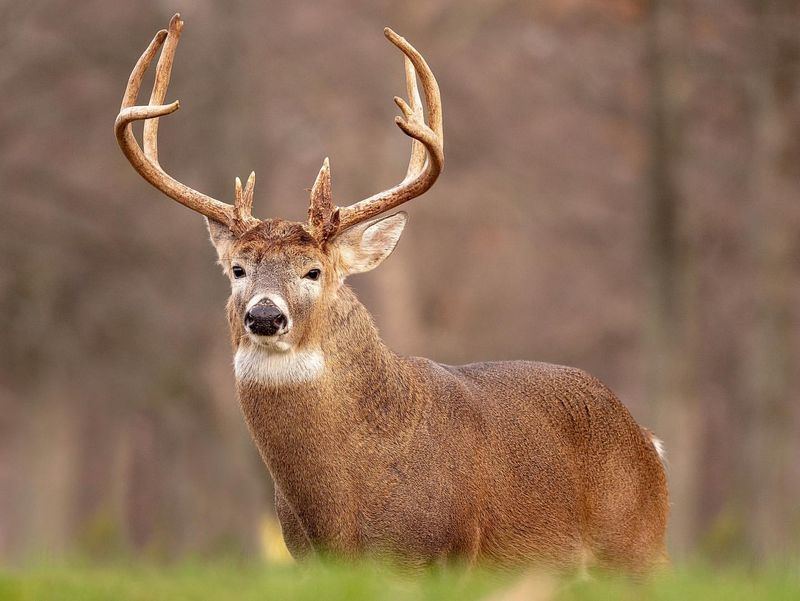
Bucks grow a brand-new set of antlers every year – talk about a head-turner! While growing, they’re wrapped in velvet that feeds them nutrients.
When the antlers are ready, the velvet dries up and peels away. Underneath? Solid bone built for battle.
Come breeding season, bucks put those antlers to work, sparring for mates and status. It’s like a deer version of wrestling.
This yearly regrowth is nature’s way of showing off its incredible adaptability. Antlers are more than decoration – they’re a seasonal superpower.
6. The Role Of Predators
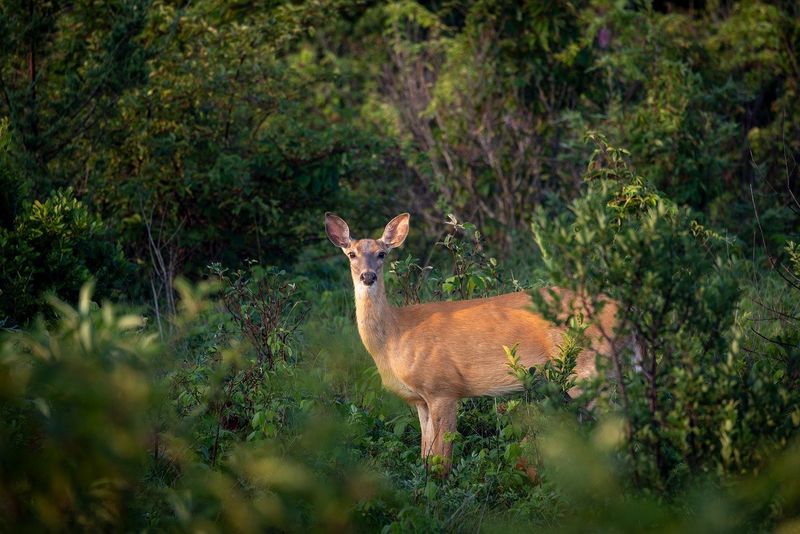
Predators keep white-tailed deer on their toes – literally. Coyotes, bobcats, and sometimes bears or wolves often go after the young, old, or weak.
Deer react by staying alert and adjusting where and when they feed. That constant awareness shapes their daily survival strategies.
Watching these interactions gives wildlife lovers a front-row seat to the drama of nature. It’s a powerful reminder that every species plays a part in the big picture.
7. Communication Through Sounds
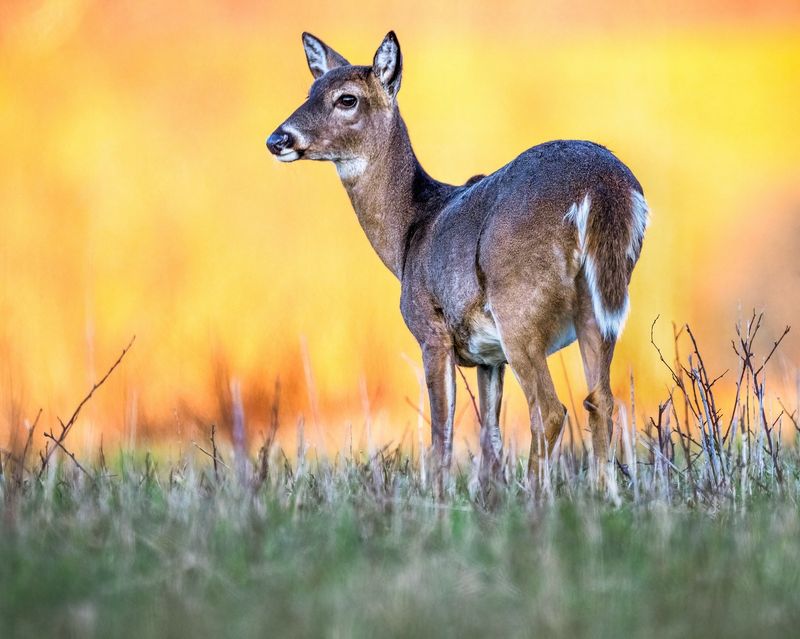
White-tailed deer aren’t silent—they’ve got a whole playlist of sounds. Grunts, bleats, and snorts each say something different.
Grunts help with socializing, while bleats can mean “help” or “hey there.” Snorts? That’s their version of an alarm siren.
These calls help them stay connected and alert the herd to danger. Safety in numbers, after all.
Along with sounds, they use body language and scent to “talk.” Deer communication is way more advanced than you’d expect!
8. Keen Sense Of Smell
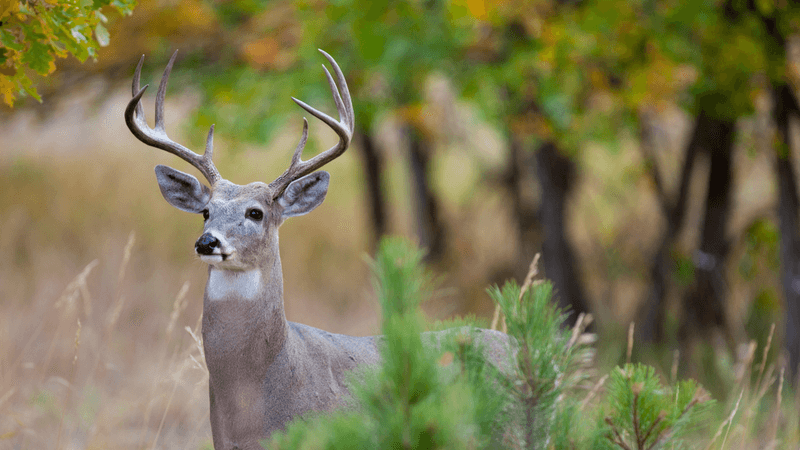
White-tailed deer have noses that rival bloodhounds. They can sniff out danger from far away with impressive accuracy.
Their sense of smell even helps with romance – pheromones tell them who’s ready to mate. Talk about scented signals!
Smell guides them to food and away from predators. It’s their built-in early warning system.
They also use scent to recognize each other in the herd. For deer, life really is all about following your nose!
9. Unique Digestive System
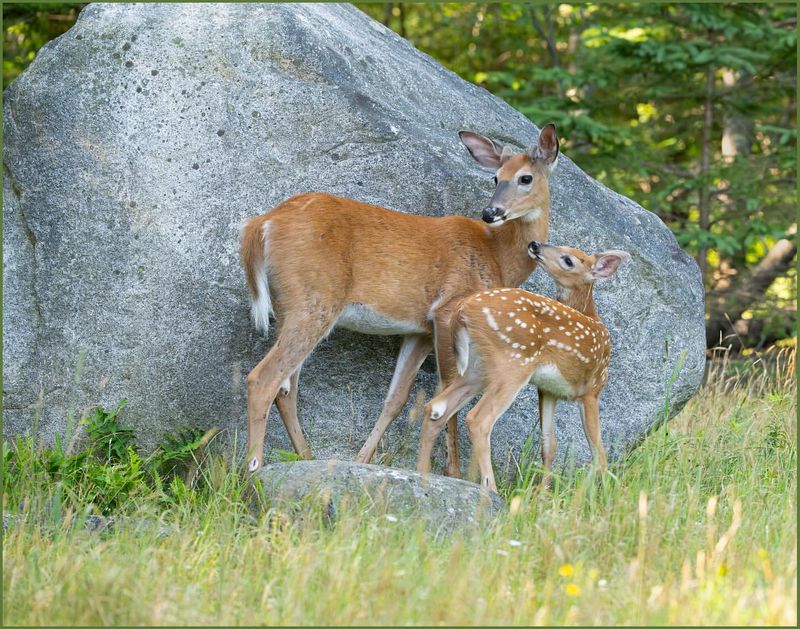
White-tailed deer are plant-eating pros with a four-chambered stomach. Each part has a special job in breaking down tough plant material.
Digestion kicks off in the rumen, where microbes get to work fermenting the food. The next chambers handle further breakdown and nutrient absorption. This system helps them thrive on twigs, leaves, and more.
10. Adaptations To Urban Environments
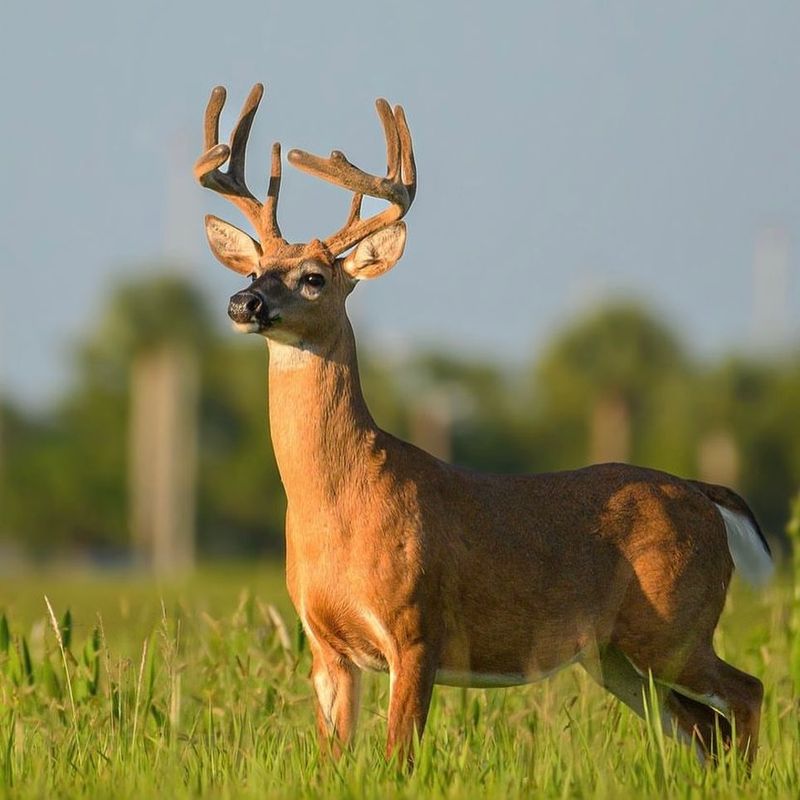
White-tailed deer have become surprise city dwellers, often spotted in suburbs and parks. They’re drawn in by easy meals, cozy shelter, and fewer predators.
Urban life offers tasty gardens and wide lawns to graze. But it also brings risks like car accidents and backyard damage.
11. Seasonal Coat Changes
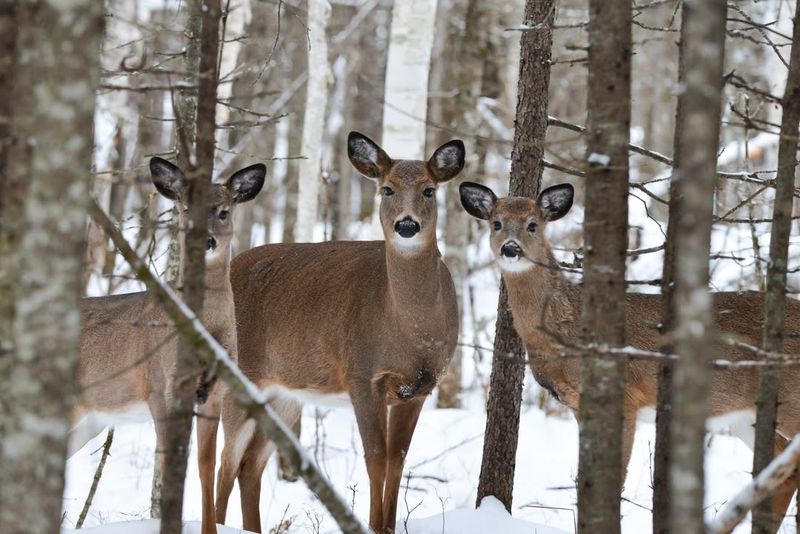
White-tailed deer have fashion sense that follows the seasons. In winter, they rock a thick gray coat made of hollow hairs that trap heat.
When warmer days arrive, they shed that layer for a reddish-brown summer look. It’s camouflage meets climate control.
This coat swap keeps them warm in the cold and hidden in the heat. Nature’s got them covered – literally.
Their seasonal style shift is more than a makeover. It’s a smart survival move that shows just how adaptable they are.
12. Diverse Habitat Range
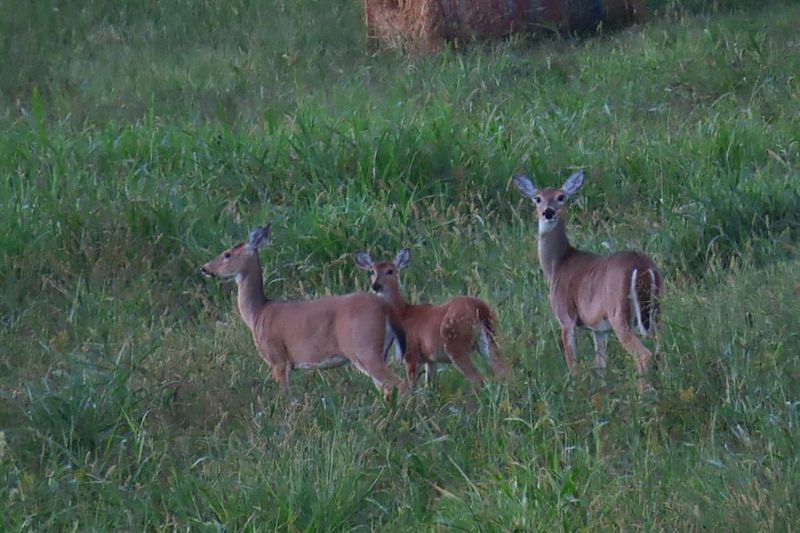
White-tailed deer are nature’s ultimate adapters. You’ll find them in forests, fields, and even wetlands.
They’re pros at finding food and shelter just about anywhere. That’s why they’re one of the most widespread deer species around.
Their flexibility helps them thrive near people or in the wild. Urban edge or deep woods – they make it work.
13. Importance Of Water Sources
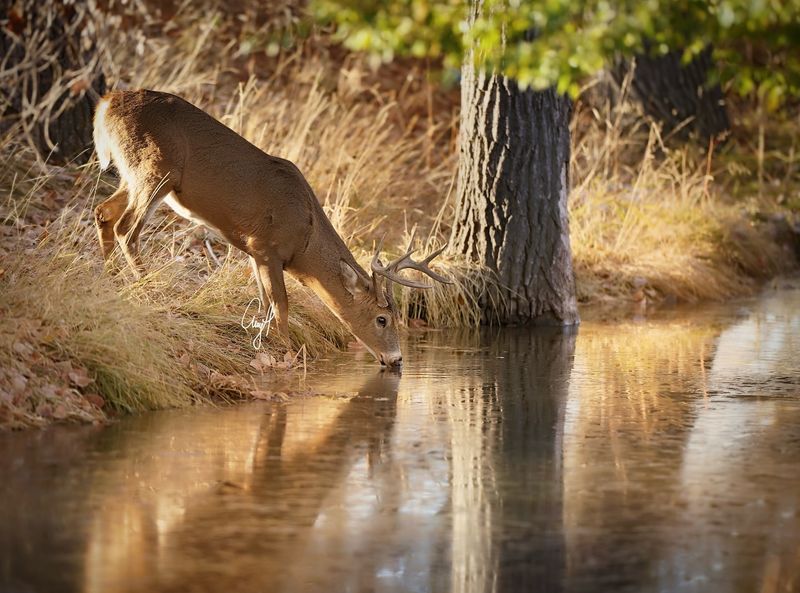
Water is a must-have for white-tailed deer, especially when the heat cranks up. It keeps them hydrated and healthy all year long.
They’ll often hang near streams or wetlands to cool off and dodge pesky parasites. Plus, those spots come with snacks.
14. Tool Use By Deer
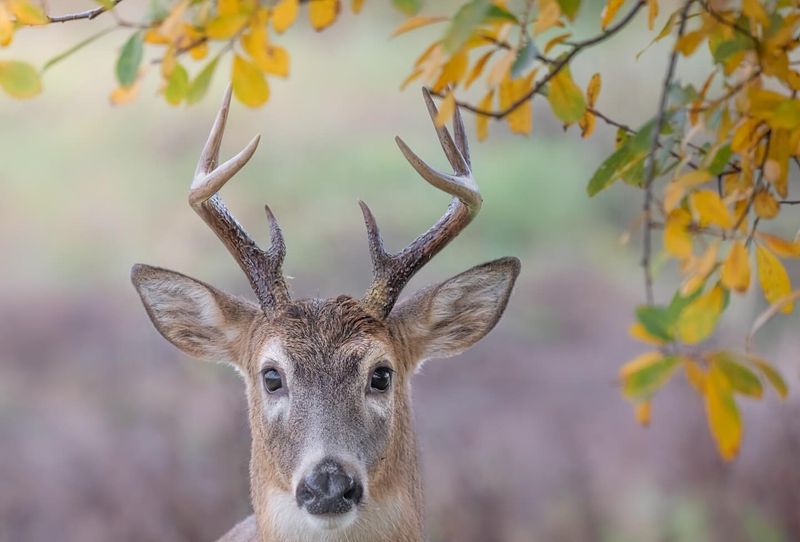
White-tailed deer may not use tools like primates, but their hooves get the job done. They’ll dig into the ground to find roots or minerals when food’s hard to come by.
This hoof work shows off their problem-solving skills. It’s survival with a creative twist.
In tougher environments, this behavior becomes even more important. They know how to adapt when resources run low.
15. Life Expectancy In The Wild
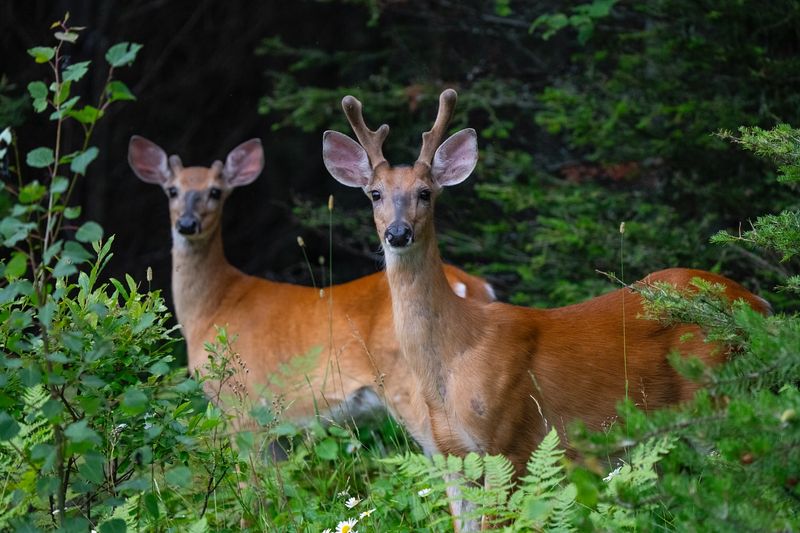
White-tailed deer usually live about 4 to 5 years in the wild. With a bit of luck, some can make it past 10.
Predators, disease, and habitat quality all play a role in how long they stick around. Wolves, coyotes, and hunters are big factors.
In safe, resource-rich areas, their chances improve dramatically. Fewer threats mean more birthdays.
16. Nocturnal And Diurnal Activity
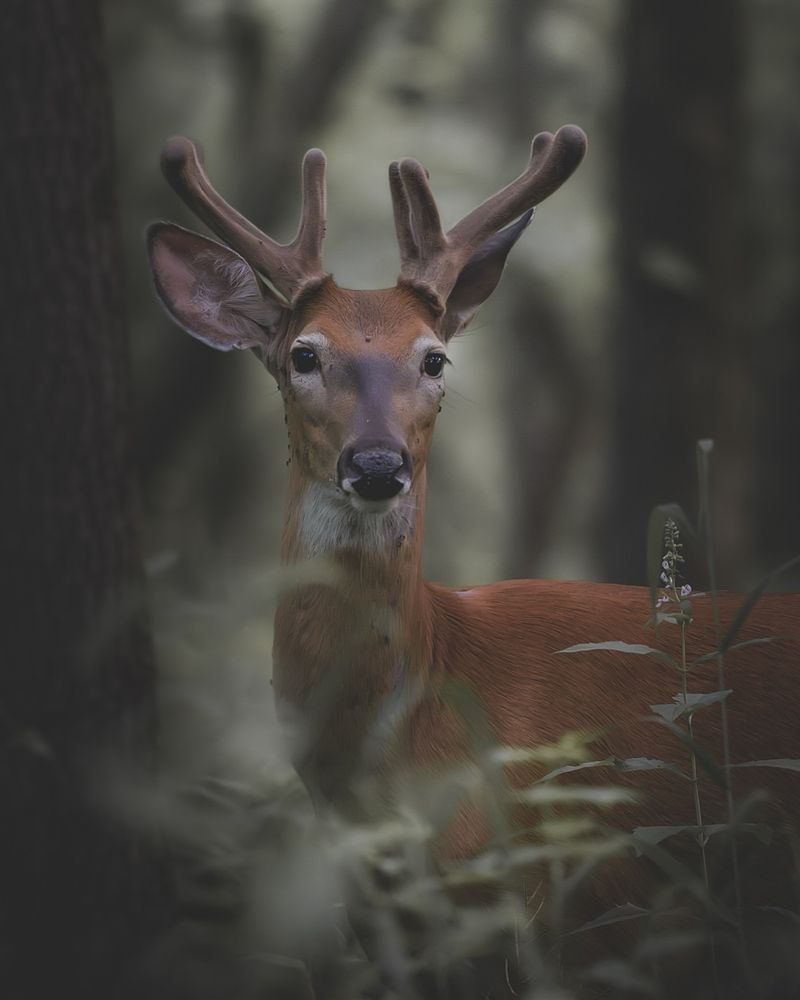
White-tailed deer like to keep things low-key, staying busiest at dawn and dusk. But they’re flexible – they’ll move around day or night if needed.
This timing helps them dodge predators and steer clear of humans. Smart move, right?
They adjust their routines based on weather, food, and danger. It’s all about staying one step ahead.
These shifting patterns show how adaptable they really are. Resilient and resourceful, they’re true survival pros.
17. Impact On Ecosystems
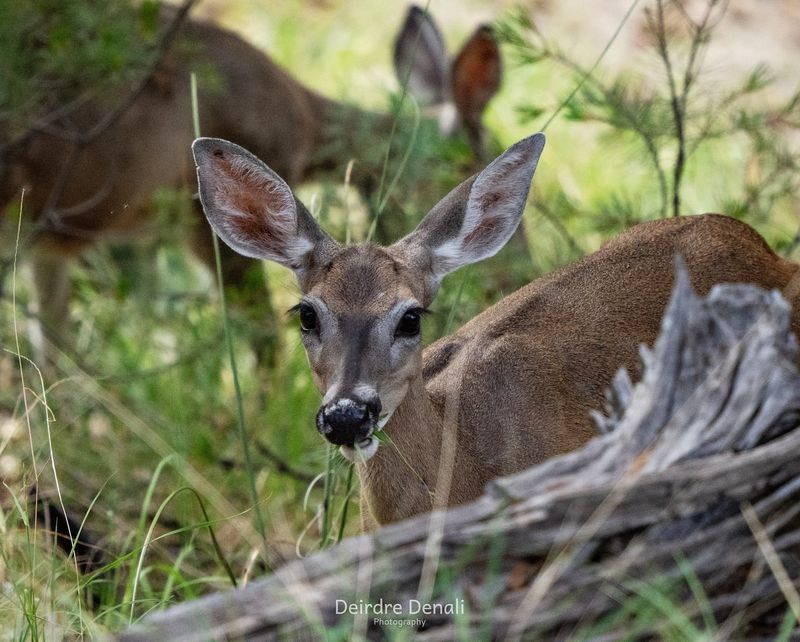
White-tailed deer are ecosystem influencers with big appetites. Their plant-based diet shapes the landscape around them.
Too many deer in one spot can lead to overbrowsing. That affects plants – and the animals that rely on them.
At the same time, deer are a key food source for predators. They help keep the food web spinning.
18. Communication Through Scent
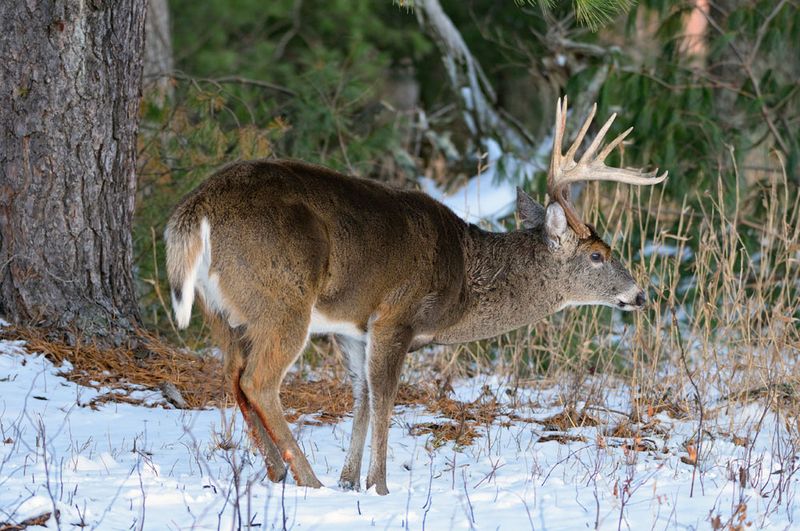
White-tailed deer use scent as a secret language, communicating far beyond sight and sound. Glands on their legs, forehead, and face leave messages on trees that mark territory or signal readiness to mate.
Bucks get especially bold with their scent signals during mating season, aiming to attract does and assert dominance. These scent trails also help them navigate and stay connected with their herd, adding fascinating depth to their behavior.
19. Role In Native American Culture
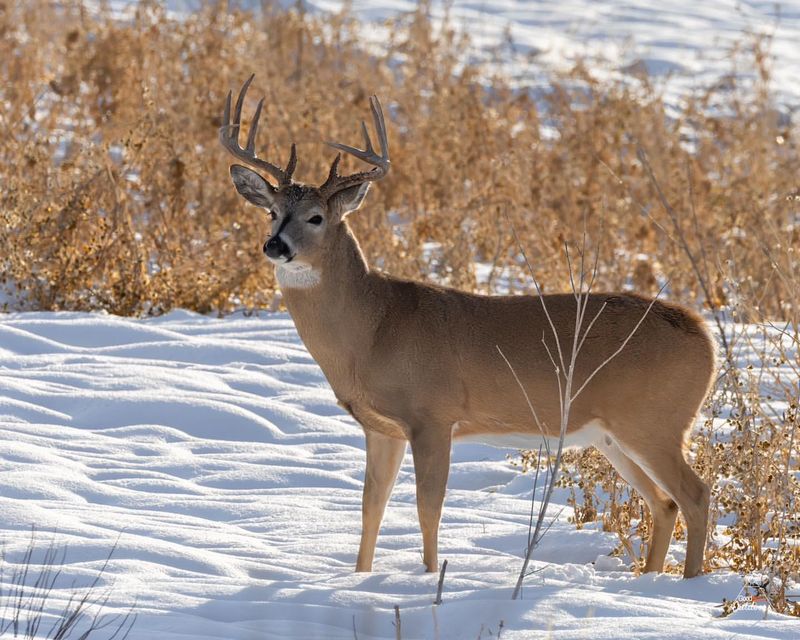
In Native American culture, the white-tailed deer is more than just wildlife – it’s a symbol of gentleness and intuition.
Many tribes see it as a guide or messenger from the natural world.
Deer provided food, clothing, and tools, making them essential to daily life. Their spirit lives on in stories, art, and sacred ceremonies.
This deep connection reflects a long-standing respect for nature. It’s a bond built on harmony and gratitude.
20. Predatory Challenges
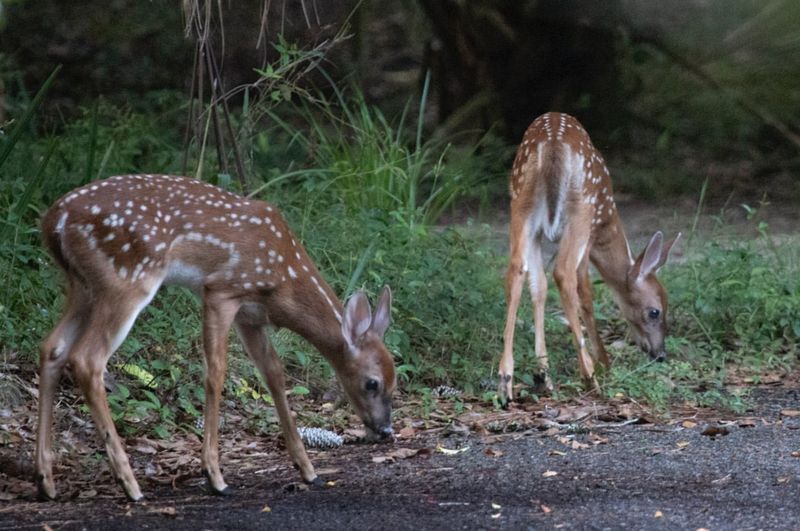
White-tailed deer live life on high alert, dodging predators like wolves, coyotes, and humans. Staying safe takes smarts, speed, and sharp senses.
Their quick reflexes and sharp hearing help them spot danger fast. Herd life adds another layer of protection – more eyes, more warnings.
Survival is a daily challenge, but deer are built for it. They’ve got instincts and agility on their side.
21. Deer Population Management
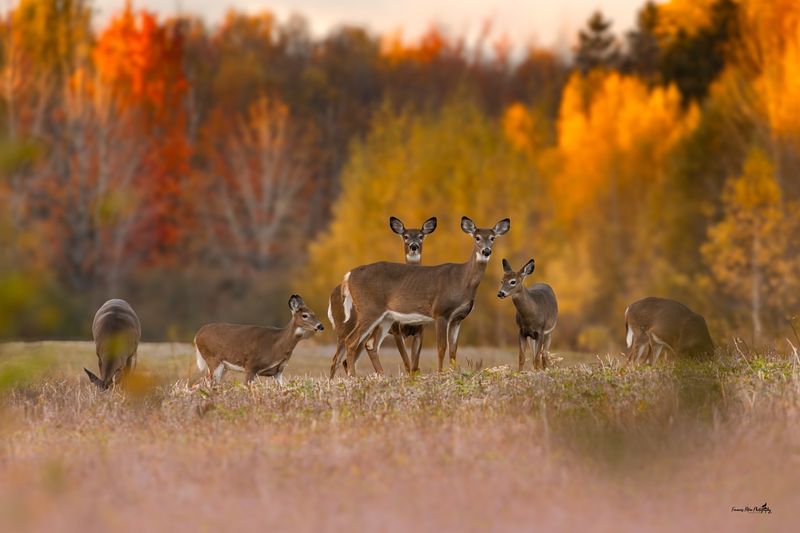
Keeping white-tailed deer populations in check is vital for a healthy ecosystem. Too many deer can damage habitats and cause run-ins with humans.
Wildlife managers use tools like controlled hunting and habitat restoration. Monitoring helps keep numbers at a sustainable level. These strategies protect both nature and farmlands from overbrowsing. It’s all about balance.
22. Distinctive Tail
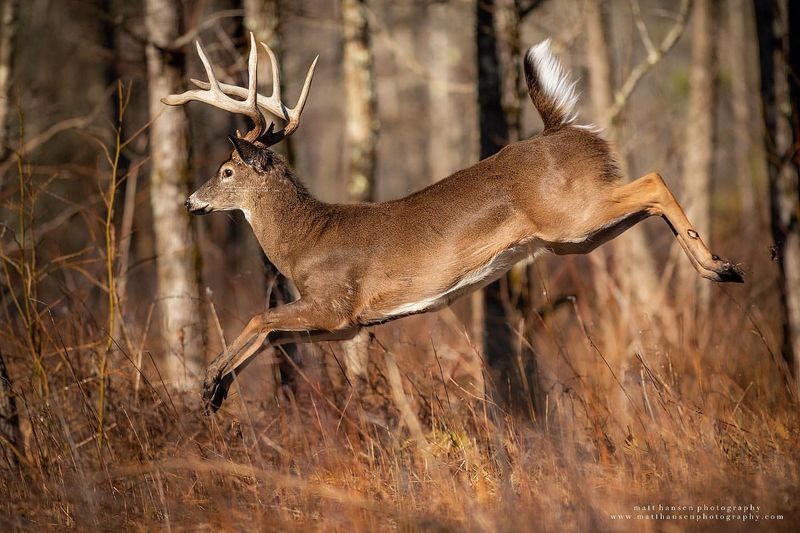
That bright white tail isn’t just for looks – it’s a built-in warning system. When danger’s near, the deer flips it up in a move called “flagging.”
This flash of white tells nearby deer to run, fast. It’s simple, but super effective.
Tail size might vary across regions, but its job stays the same. It’s all about survival and staying one step ahead.
23. Deer’s Unique Gait
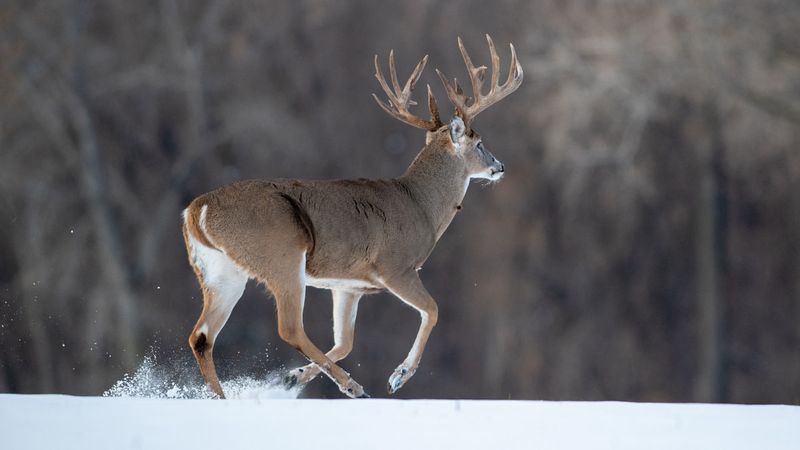
Ever watched a white-tailed deer move and wondered about its unique gait? Their bounding leap is not just aesthetic but an evolutionary advantage. This gait, known as “stotting,” involves all four feet leaving the ground in unison.
This movement enables swift navigation through dense forests and uneven terrain. It is not only efficient but also a spectacle of grace and agility.
But why do they stot? Some experts believe it’s a signal of fitness to predators, showcasing strength and health.
24. Deer’s Silent Communication
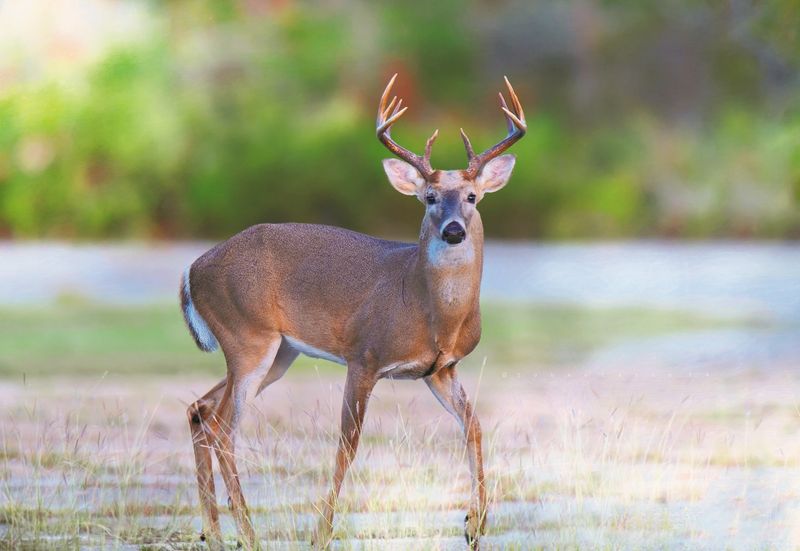
Silent communication among white-tailed deer is a fascinating study of subtlety. While they are known for vocalizations, their primary communication method is body language.
A simple flick of the tail, the position of ears, or even the posture can convey messages within the herd. This silent language is crucial for their survival, especially when evading predators.

